The mulberry trees at the farm are a highlight of a visit in late spring when they burst with juicy berries for the month of November.
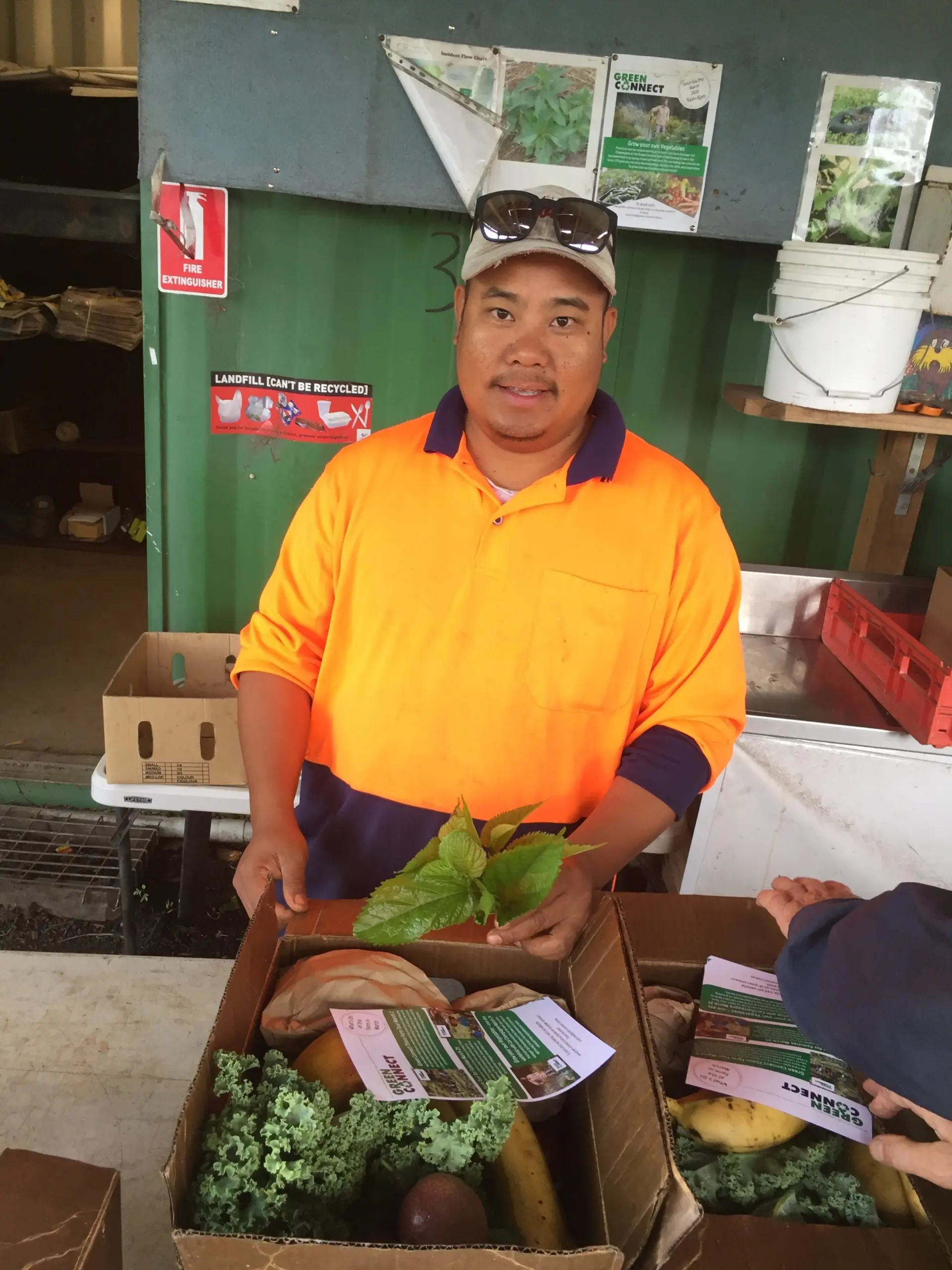
What makes them all the more impressive is the fact that many of them are self-seeded, presumably by a bird that has had a feast on a neighboring tree and has pooped out the seed on its flight over the farm.
Anyone who has seen visited the farm will know that there is a giant mulberry tree that overhangs our hub. This tree was brought to the farm a sucker, by our long-term volunteer Peter (who dug it up from a Cringilla laneway) six years ago when we had begun our work and the hub quite barren. This tree has become a metaphor for ‘seeing things as they will be’; and has grown to symbolise what we can achieve when we nurture what is important to us.
The mulberry is also an awesome tree for creating seasonal micro-climates. Being a deciduous tree – it grows a dense leaf coverage which provides us with shade through the heat of summer, but then drops its leaves in autumn to allow the sun to shine through during the winter months.
For a while now, Shay Ray has been insisting that mulberry leaf is one of the best leafy greens there is and that in Kareni culture, it provides a source of nutrients at a time of the year that a lot of leafy vegetables are not around. So, this week we’ve decided to share it with our community!
Enjoy
Cal Champagne
Green Connect Farm Manager
What’s that in my box? Not just food for silkworms.
Shay is correct to say that Mulberry leaves are very nutritious. Probably most commonly known as a favourite for silkworms. The leaves are indeed loaded with great antioxidants as well as Vitamin C, Calcium, Zinc, Iron, Potassium, Phosphorus and Magnesium.
The leaves are used widely in Chinese medicine and are either made into an extract or used for tea.
To make Mulberry tea you need to dry the leaves in the sun, once dry, toast them in a dry pan whilst stirring. Brew with boiling water.
Shay recommended making a yellow bean soup with mulberry leaves.
Here is a slightly adapted recipe to try:
CREAMY WHITE BEAN SOUP WITH KALE, ROSEMARY & LEMON 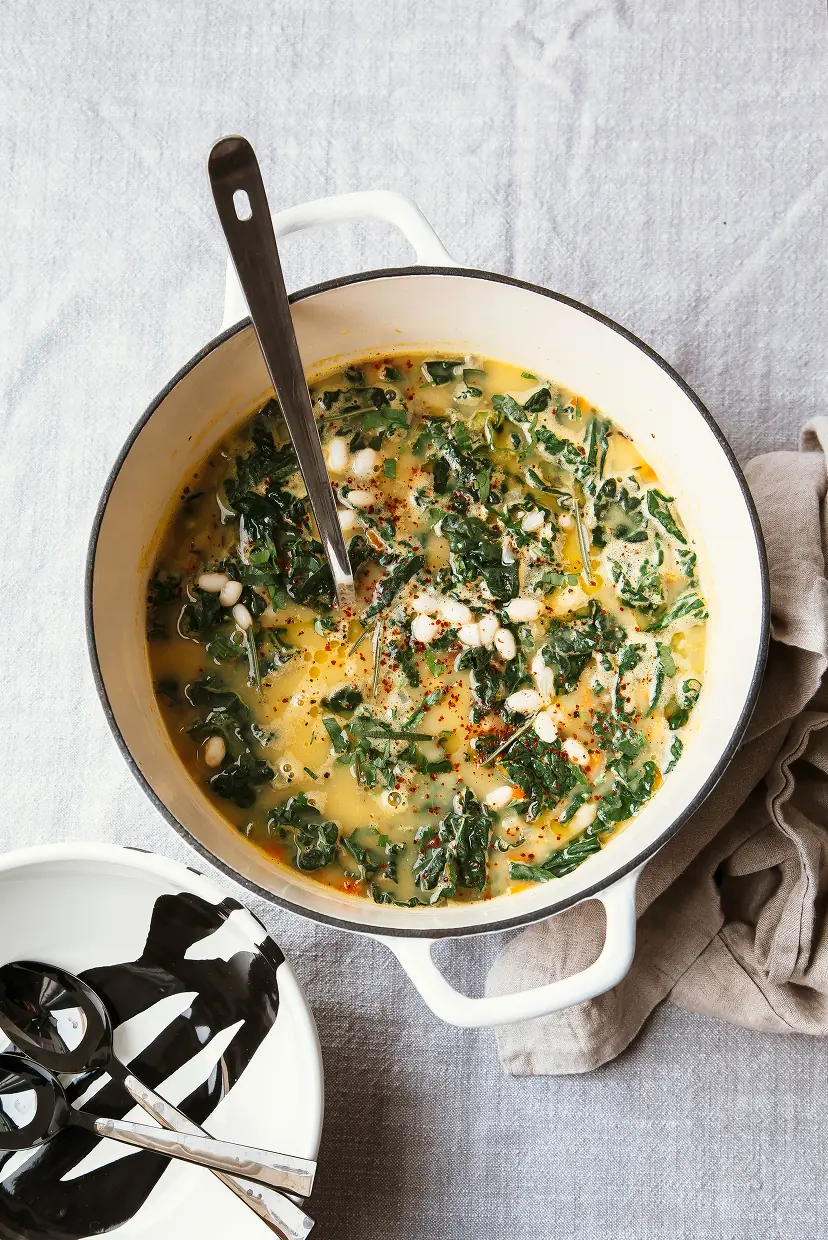
SERVES: 4-5
1 tablespoon vegetable oil
1 medium brown onion, small dice
1 medium carrot, small dice
1 celery rib, small dice
2 cloves garlic, minced
chili flakes or Aleppo pepper, to taste
1 sprig fresh rosemary, minced
4 cups cooked navy beans (drained)
4 cups vegetable stock
2 tablespoons fresh lemon juice
sea salt & ground black pepper, to taste
3 cups packed chopped kale (roughly 1 small bunch)
1 handful Mulberry leaves (chopped)
big handful finely chopped flat-leaf parsley
Method
Heat the oil in a medium-sized pan over medium heat. Saute the onions, carrots, and celery until slightly softened and translucent, about 5 minutes.
Add the garlic, chilli flakes, and rosemary. Stir and cook until garlic is fragrant. Add the navy beans to the pot and stir. Then add vegetable stock and bring the soup to a boil.
Once boiling, ladle half of the soup into an upright blender. Add the lemon juice to the blender as well. Carefully bring the speed of the blender up to high and blend until this portion of the soup is totally liquified. Pour this liquified portion back into the pot. Season the soup with salt and pepper.
Add the kale and mulberry leaves to the pot and bring the soup to a boil. Once the greens are slightly wilted and bright green, season the soup once more with salt and pepper and stir in the chopped parsley.
Recipe edited from https://thefirstmess.com/2018/01/03/creamy-white-bean-soup-vegan-recipe/
Have a nice week
Kristin Watson
Fairfood coordinator


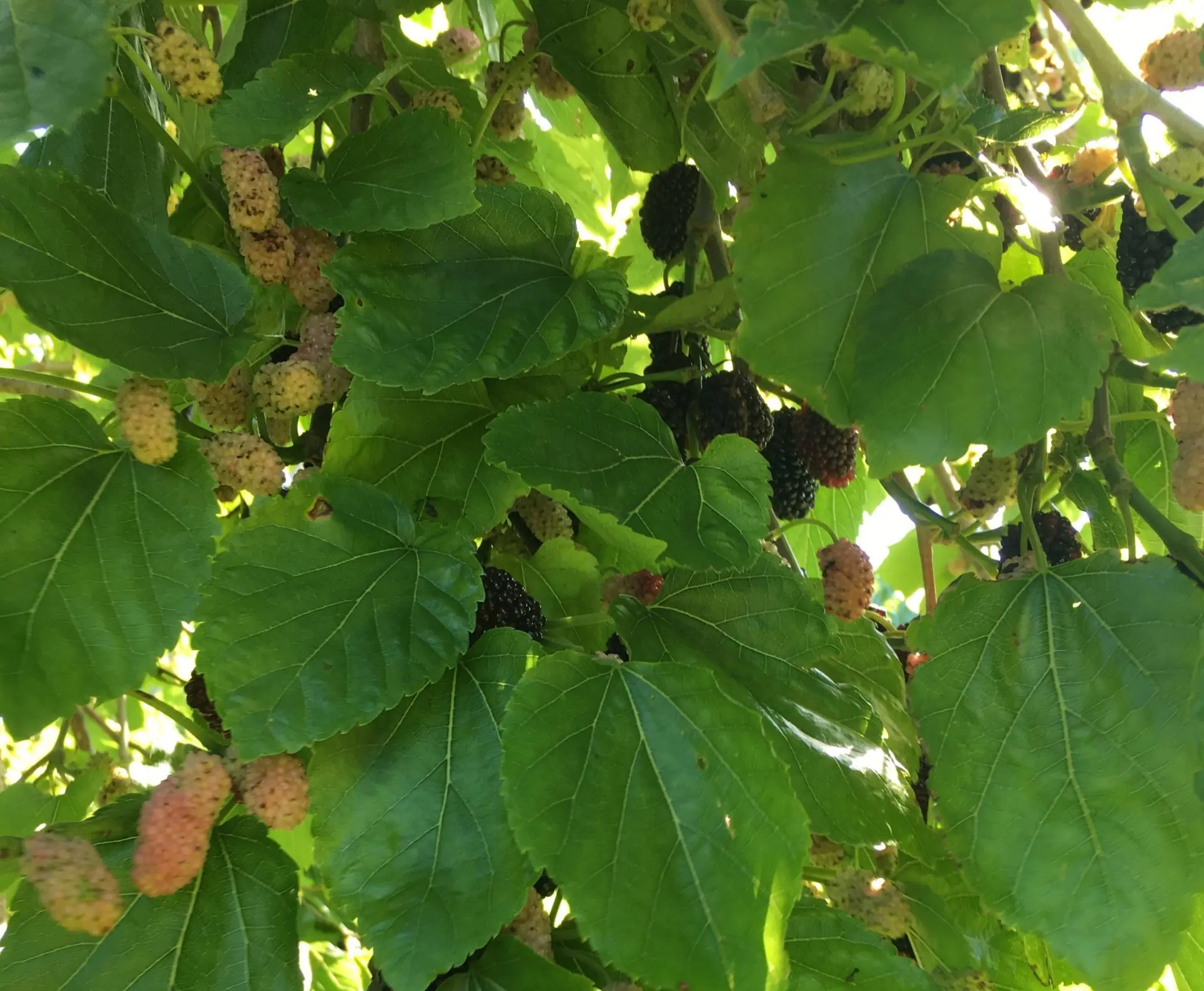
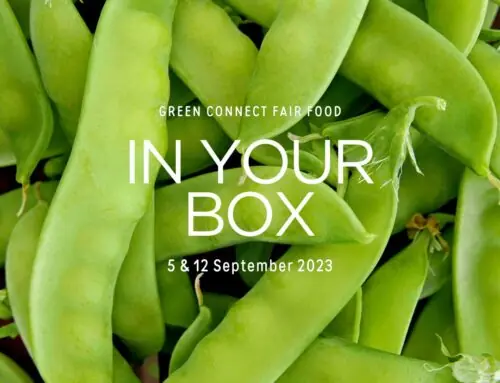



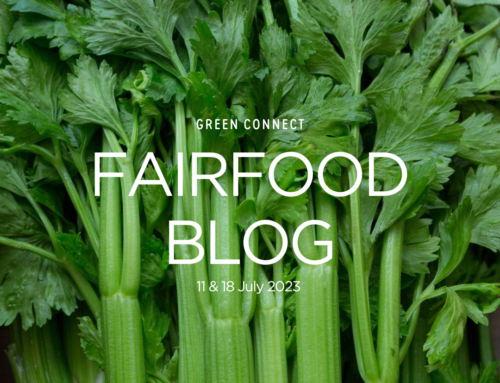
Leave A Comment
You must be logged in to post a comment.